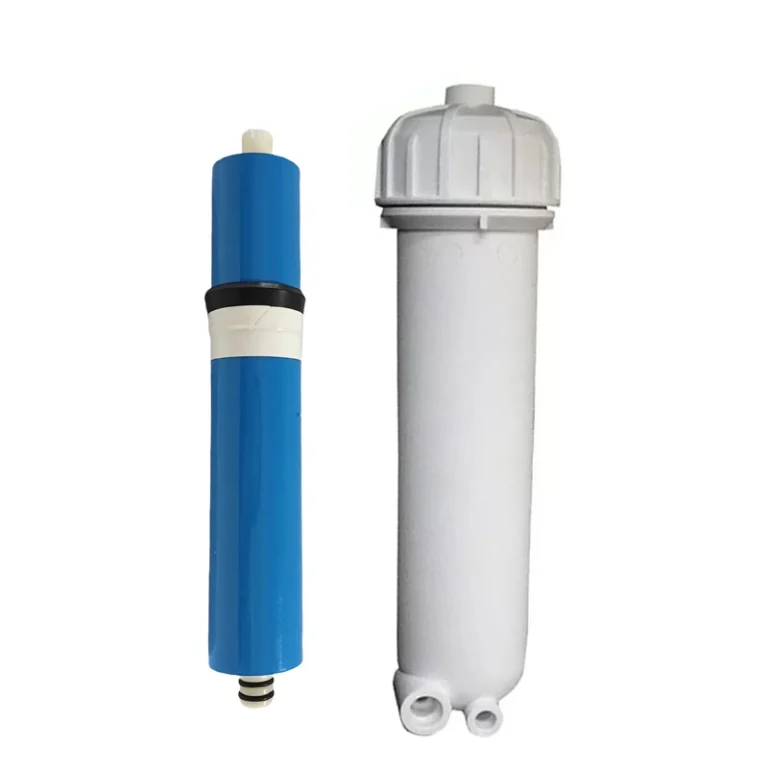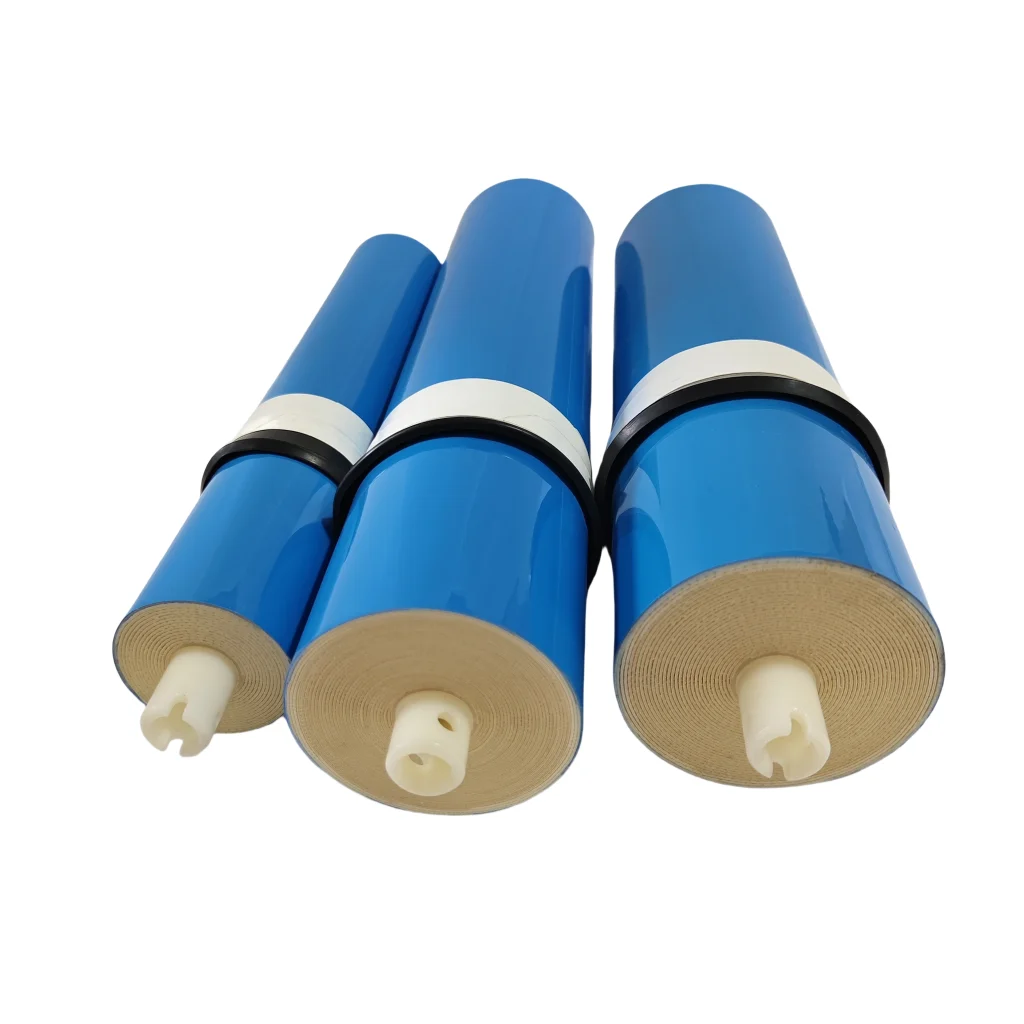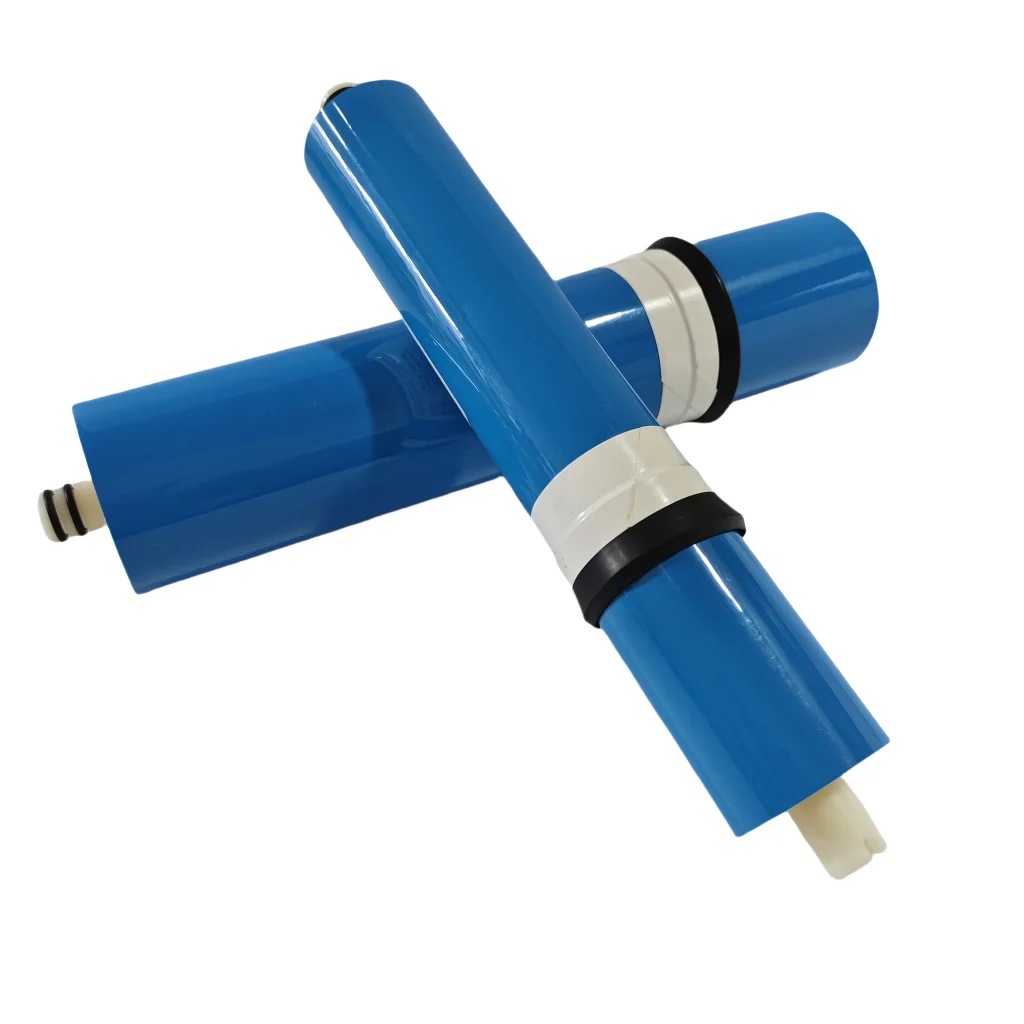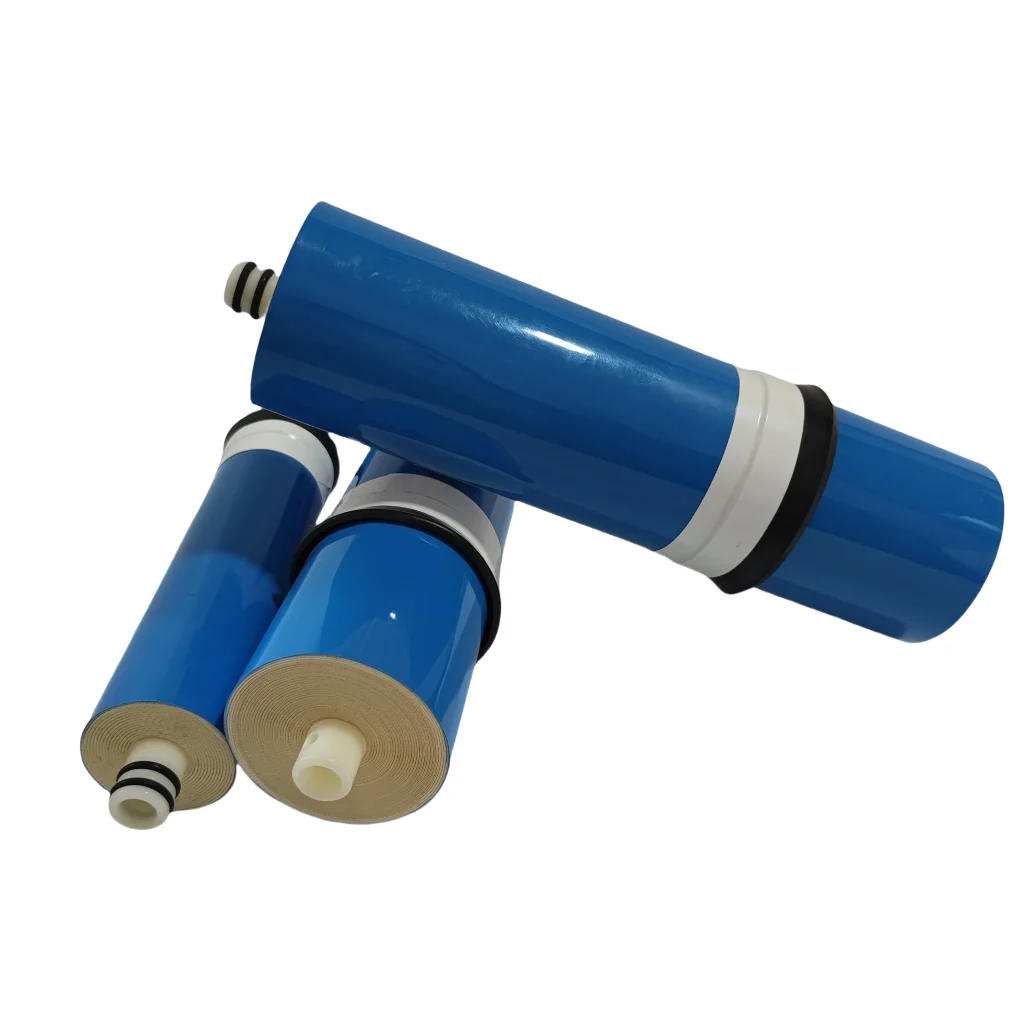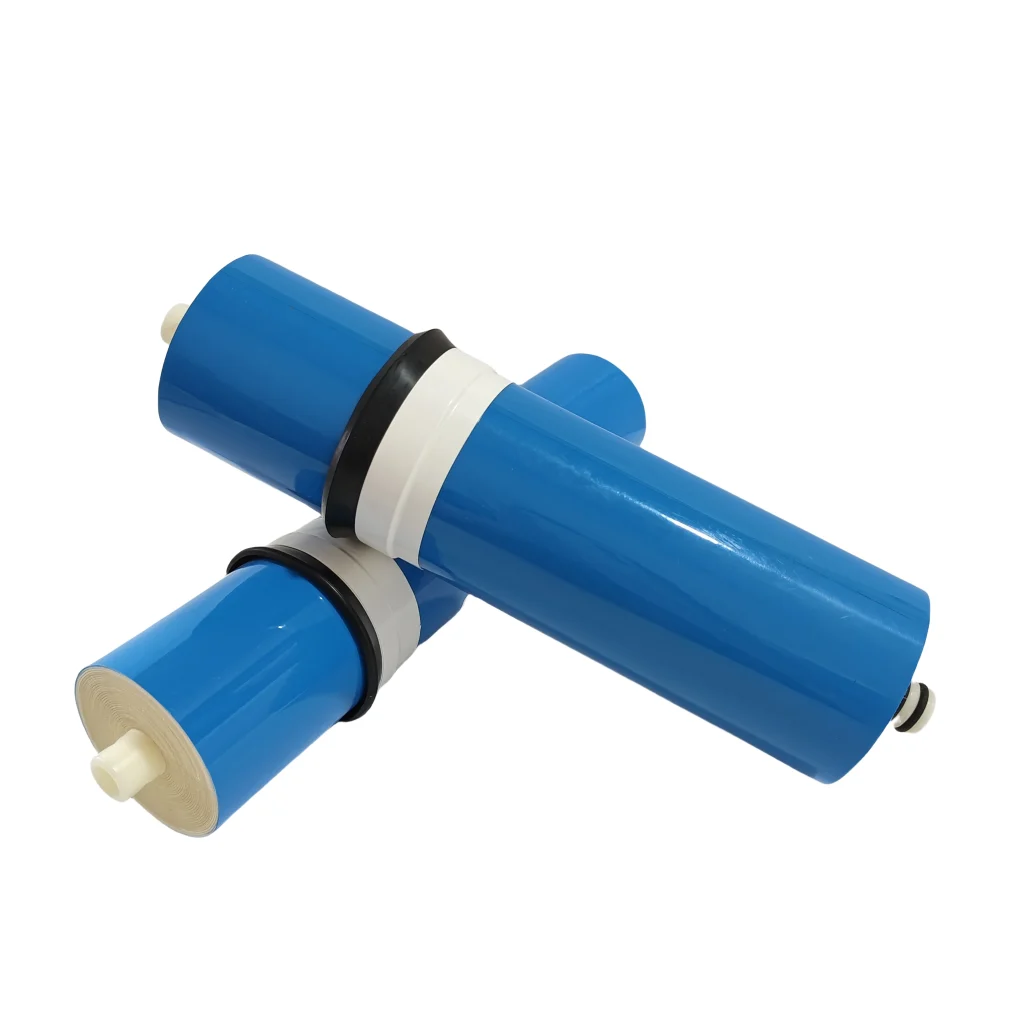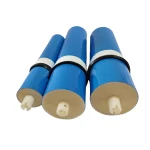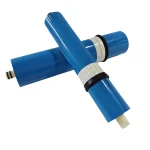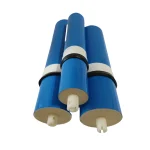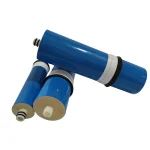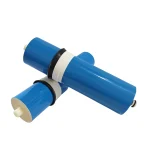BasideWT- Whole Home Water Filtration System & Replacement

BasideWT | High Quality Reverse Osmosis RO Membrane for Under Sink Water Filter
PRODUCT PARAMETERS
- Product Name: Household RO membrane
- Model: 1812/2012/2812/3012/3013/3020
- Desalination rate: 96%
- Recovery Rate: 55%
- Water Production: 50-600GPD
- Pressure Range: 60-100 psi
- Applicable to : 1812, 3013 membrane housing
- Use: commercial pure water machine, straight drink machine
- Application: Water Filter System
- Function: Water Purification
- Packing: Standard Exportation Package
BasideWT Home Reverse Osmosis (RO) Membrane Elements
As a distinguished choice in the global water treatment field, BasideWT Home Reverse Osmosis (RO) Membrane Elements set industry benchmarks with their cutting-edge performance. With hundreds of thousands of membrane elements operating stably in water purification systems worldwide, they have earned a reputation for delivering consistent, superior quality—making them the trusted choice for RO systems in residential and office environments.
Reverse Osmosis RO Membrane Key Advantages
- Precision Filtration Performance: Constructed with tap water-grade TFC (Thin Film Composite) membrane material, these elements precisely intercept harmful substances such as bacteria, viruses, heavy metals, and organic compounds, ensuring pure and safe water quality.
- Standardized Compatibility: Designed to perfectly fit standard filter housings of residential RO systems, they offer plug-and-play convenience for point-of-use (POU) direct drinking water scenarios, providing efficient purification solutions for household drinking water.
- End-to-End Quality Assurance: Manufactured in a China-based ISO 9001:2015 certified facility, every membrane element undergoes 100% performance testing. From material R&D to final production, every process is strictly controlled to ensure long-term stable operation.
Why Your Water Filter Needs a Premium Reverse Osmosis Membrane
Clean drinking water isn’t just about taste—it’s about safety. A Reverse Osmosis RO Membrane is the core of any under-sink filtration system, removing up to 99% of contaminants like lead, chlorine, and bacteria (EPA, 2023). But not all membranes are created equal.
Our team tested multiple brands in 2025 and found that cheap membranes fail 50% faster due to poor-quality materials. *Fun fact: A high-quality membrane can last 2-3 years with proper care!
Ro Membrane performance parameters


Reverse Osmosis RO Membrane SIZE
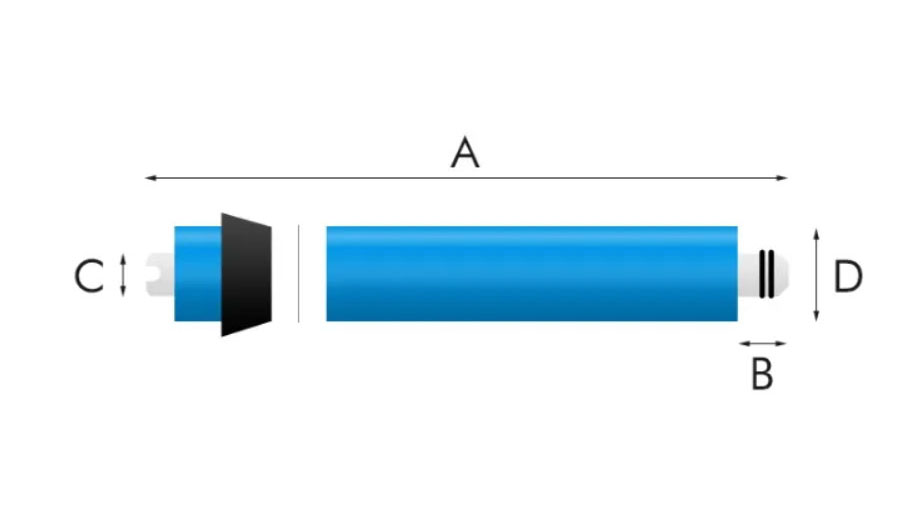
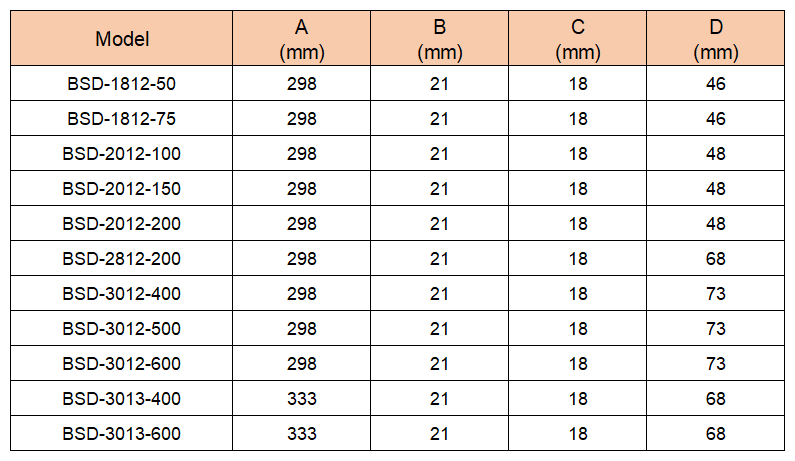
How to Install a Reverse Osmosis RO Membrane
Replacing your membrane isn’t rocket science—just follow these steps:
Turn Off Water Supply & Release Pressure
Locate the shut-off valve under your sink. Pro tip: Open the faucet to drain leftover water.
Remove the Old Membrane
Unscrew the housing cap. Surprise fact: 1 in 4 people damage the O-ring—twist gently!
Prep the New RO Membrane
Wet the seals with filter-safe lubricant (never use petroleum jelly!).
Insert & Secure the New Membrane
Align the arrows on the Reverse Osmosis RO Membrane with the housing. Tighten by hand—no tools needed!
Flush & Test
Run water for 10-15 minutes to clear manufacturing residues. Check for leaks—90% of issues appear here!
3 Big Mistakes That Ruin Your RO Membrane
- Ignoring Water Pressure
Low pressure (<40 PSI) reduces efficiency. Funny enough, adding a booster pump can double membrane life! - Skipping Regular Flushing
Minerals build up. Flush monthly—or face 30% faster clogging (Water Quality Association, 2024). - Using Hot Water
Reverse Osmosis RO Membranes hate heat. Never install near a dishwasher or hot water line!
Real-World Case: How a Good Membrane Saved a Family’s Water
Case Study: A Florida homeowner complained about metallic-tasting water. After switching to a high-quality Reverse Osmosis RO Membrane, TDS levels dropped from 500 ppm to 20 ppm in weeks
Checklist Before Buying a Reverse Osmosis Membrane
✅ Check NSF/ANSI 58 certification (fake labels are common!),Match GPD to household usage (50GPD for 1-3 people, 75GPD for 4+),Inspect housing compatibility (1812, 2012, etc.),Look for a warranty (at least 1 year = trustworthy brand)
Ideal For:
• Under-sink residential systems,Office water coolers,RV and marine applications,Small-scale commercial use
FAQs
Choosing the perfect water treatment system depends on your specific water quality, household size, and needs. We make it easy with our 3-step process:
Water quality testing – analyze your water for contaminants, hardness, and other factors.
Personalized Consultation – Our experts recommend systems based on your results, budget, and water usage.
Customized Solution – From whole-house filtration to targeted solutions (e.g., RO for drinking water, softeners for hard water), we tailor the system to your home.
To determine your water flow rate in gallons per minute (GPM), follow these simple steps:
Prepare for Testing:
- Prepare for Testing:
- Ensure all water fixtures in your home are turned off
- Select the faucet closest to your main water supply line (usually the kitchen sink or an outdoor spigot)
- Conduct the Test:
- Fully open the selected faucet
- Time how many seconds it takes to fill a 1-gallon container
- Repeat the test 2-3 times for accuracy
- Calculate Your Flow Rate:
Use this formula: Flow Rate (GPM) = 60 ÷ Fill Time (seconds)Example Calculation:- If your 1-gallon container fills in 15 seconds
- 60 ÷ 15 = 4 GPM
For more precise measurements or whole-home flow rate analysis, contact our water system specialists. We can help you determine if your current flow rate meets the requirements for any water treatment systems you’re considering.
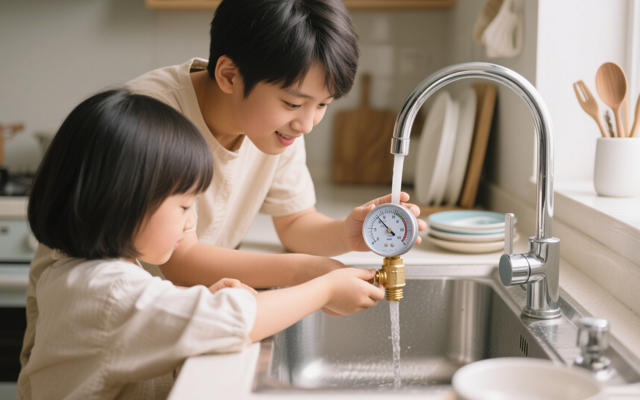
1. Check Multiple Fixtures
Test water pressure at different faucets, showers, and appliances (e.g., kitchen sink, bathroom sink, outdoor hose).
If only one fixture has low pressure, the problem is likely localized (clogged aerator, faulty valve, or pipe issue).
If all fixtures have low pressure, the issue is systemic (main supply, pressure regulator, or water heater).
2. Inspect the Aerator or Showerhead
Unscrew the faucet aerator or showerhead and check for mineral deposits, debris, or rust.
Soak it in vinegar overnight to dissolve buildup, then rinse and reattach.
3. Check the Main Shutoff Valve
Locate the main water shutoff valve (usually near the water meter or where the main line enters the house).
Ensure it’s fully open (turn clockwise to close, counterclockwise to open).
1. Activated Carbon Filters
- Removes:
✅ Chlorine & chloramines
✅ Bad tastes & odors (e.g., sulfur)
✅ Volatile Organic Compounds (VOCs)
✅ Some pesticides & herbicides
❌ Does not remove heavy metals, dissolved minerals, or microbes
2. Reverse Osmosis (RO) Systems
- Removes:
✅ Heavy metals (lead, arsenic, mercury, cadmium)
✅ Dissolved salts (fluoride, nitrates, sulfates)
✅ Microplastics & sediment
✅ Bacteria & viruses (if combined with UV)
✅ Chlorine & chemicals (with carbon pre-filter)
❌ May remove beneficial minerals (can be remineralized)
3. Water Softeners (Ion Exchange)
- Targets:
✅ Calcium & magnesium (hardness)
✅ Low levels of iron & manganese
❌ Does not remove bacteria, chlorine, or heavy metals
4. UV Purifiers
- Kills:
✅ Bacteria (E. coli, coliform)
✅ Viruses (rotavirus, hepatitis)
✅ Protozoa (Giardia, Cryptosporidium)
❌ Does not remove chemicals, metals, or sediment
5. Sediment Filters
- Removes:
✅ Sand, rust, dirt
✅ Large particles & silt
❌ Does not remove dissolved contaminants
6. Whole-House Filtration Systems
Combines multiple methods (carbon + sediment + UV) for broad protection.
- UV: Kills bacteria/viruses but doesn’t remove chemicals or particles.
- RO (Reverse Osmosis): Removes 95–99% of contaminants (heavy metals, dissolved salts) but requires electricity.
- Activated Carbon: Absorbs chlorine, odors, and organic compounds—ideal for pre-filtration.
REQUEST A QUOTE
RELATED PRODUCTS
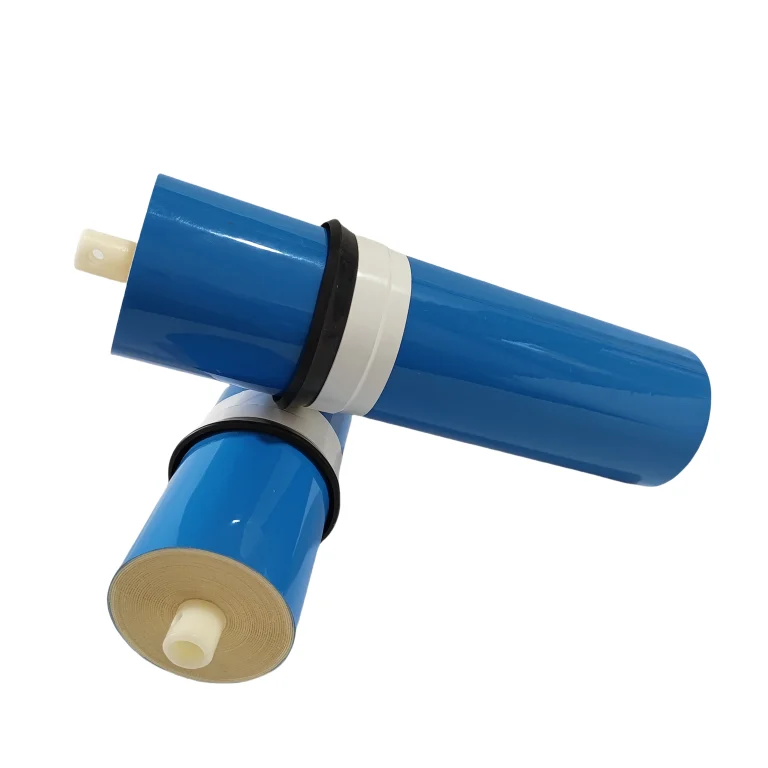
BasideWT Factory Price Water Filter Parts RO Membrane replacement 1812 75G for Home Purifier
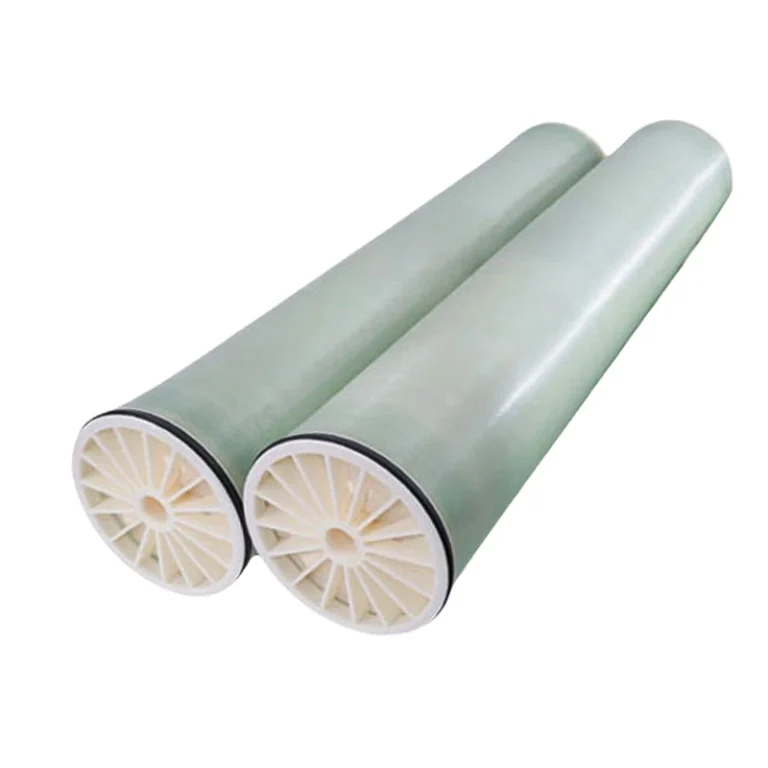
Water ULP Ultra Low Pressure Industrial 8040 Reverse Osmosis Membrane Element 8″ x 40″

Reverse Osmosis Membrane 3013-400G 600G ro membrane change For Home RO Drinking Water Purifier System

3012 RO Membrane Cartridge Water Filter Replacement for Under Sink Home Drinking RO Water Purifier System
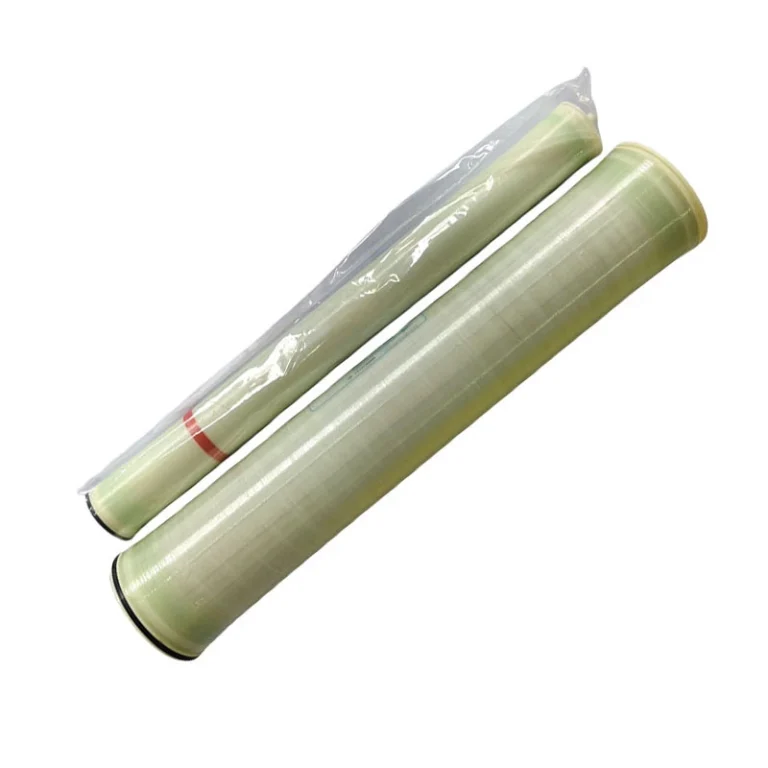
Cheap Price UPL4021 4040 8040 RO Membrane for Water Treatment Reverse Osmosis System
